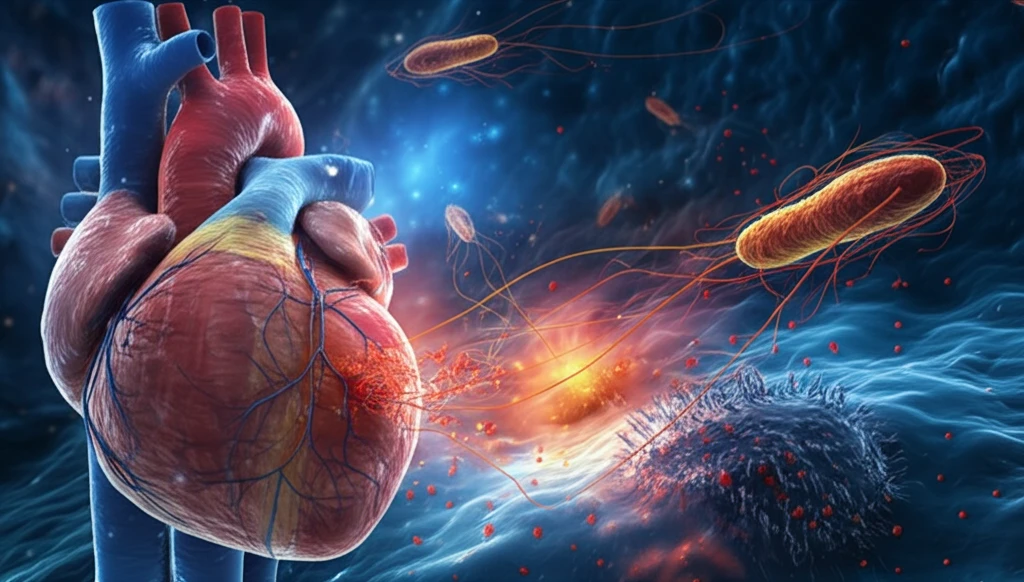
Decoding Chagas Disease: A Deep Dive into the Microscopic Battleground
"Unraveling the Intricate World of Trypanosoma cruzi and Its Interactions with Host Cells"
Chagas disease, a neglected tropical illness, affects millions worldwide, primarily in Latin America. Caused by the parasite Trypanosoma cruzi (T. cruzi), the disease progresses through acute and chronic phases, often leading to severe cardiac or gastrointestinal complications. Understanding the intricate mechanisms of how T. cruzi interacts with its host at the cellular level is crucial for developing effective diagnostic and therapeutic strategies.
This article delves into the ultrastructure of T. cruzi, examining its key organelles and their roles in the parasite's life cycle and pathogenesis. We will explore the parasite's internal organization and how it manipulates host cell processes to ensure its survival and replication.
By deciphering the molecular and cellular events that govern the T. cruzi-host cell interaction, we can pave the way for innovative approaches to combat this devastating disease. This microscopic journey offers insights into potential drug targets and strategies to disrupt the parasite's lifecycle, ultimately improving the lives of those affected by Chagas disease.
What Key Structures Define Trypanosoma cruzi?

T. cruzi, like other members of the Trypanosomatidae family, possesses unique structural features essential for its survival and infection process. These specialized organelles and structures enable the parasite to thrive within its diverse hosts.
- Kinetoplast: A unique DNA-containing structure within the mitochondrion, essential for energy production and parasite survival.
- Glycosome: A specialized peroxisome-like organelle housing glycolytic enzymes, crucial for energy metabolism.
- Paraflagellar Rod: A structure associated with the flagellum, providing support and influencing motility.
- Flagellar Pocket: An invagination of the plasma membrane where the flagellum emerges, serving as a site for endocytosis and secretion.
- Subpellicular Microtubules: A network of microtubules beneath the plasma membrane, providing structural support and maintaining cell shape.
Future Directions: Targeting the Microscopic for Macroscopic Impact
Continued research into the ultrastructure and molecular mechanisms of T. cruzi is crucial for developing new diagnostic tools, treatments, and prevention strategies for Chagas disease. By targeting specific organelles and processes, scientists can disrupt the parasite's lifecycle and reduce the burden of this neglected tropical disease. A deeper understanding of the microscopic battleground between Trypanosoma cruzi and its host promises a brighter future for millions at risk.
